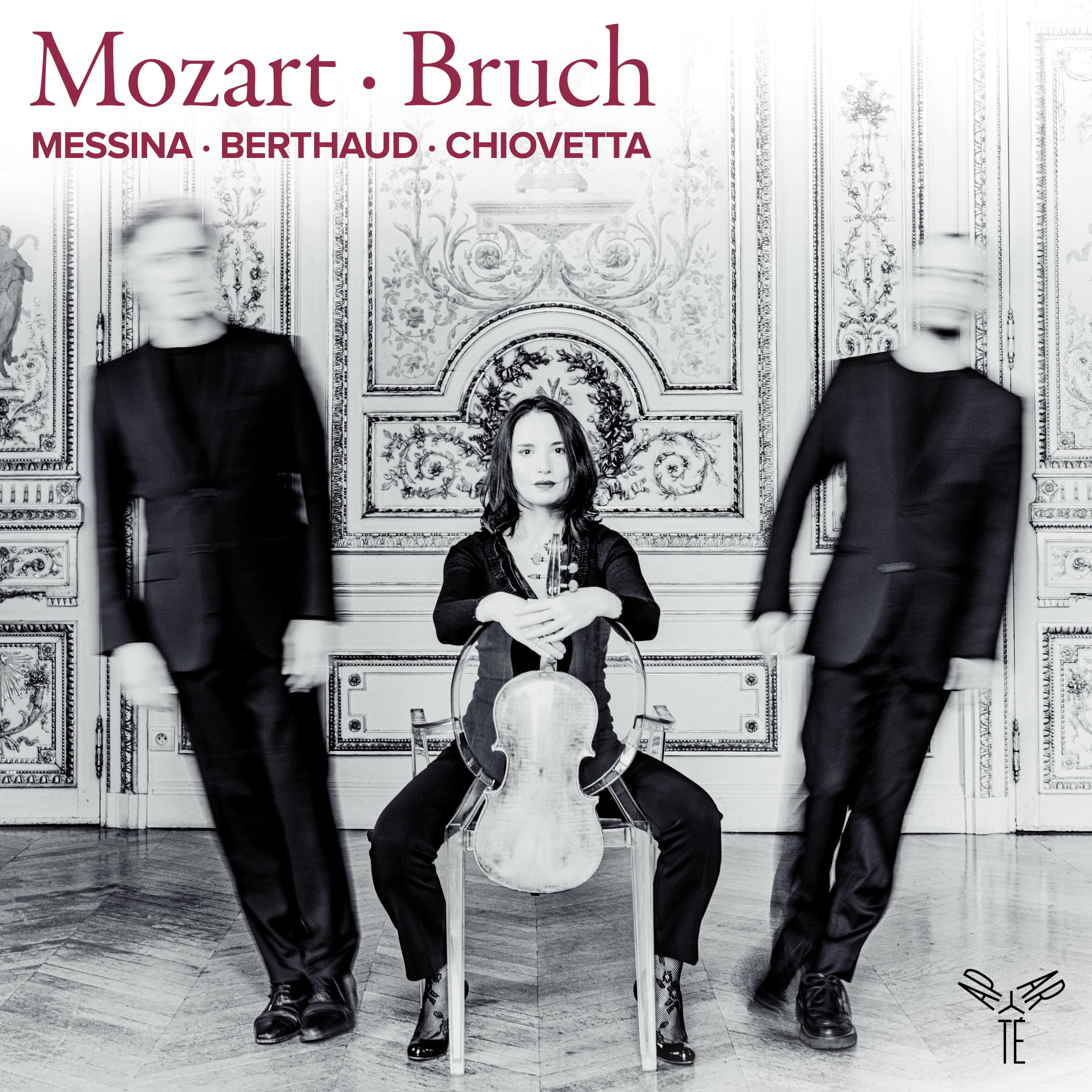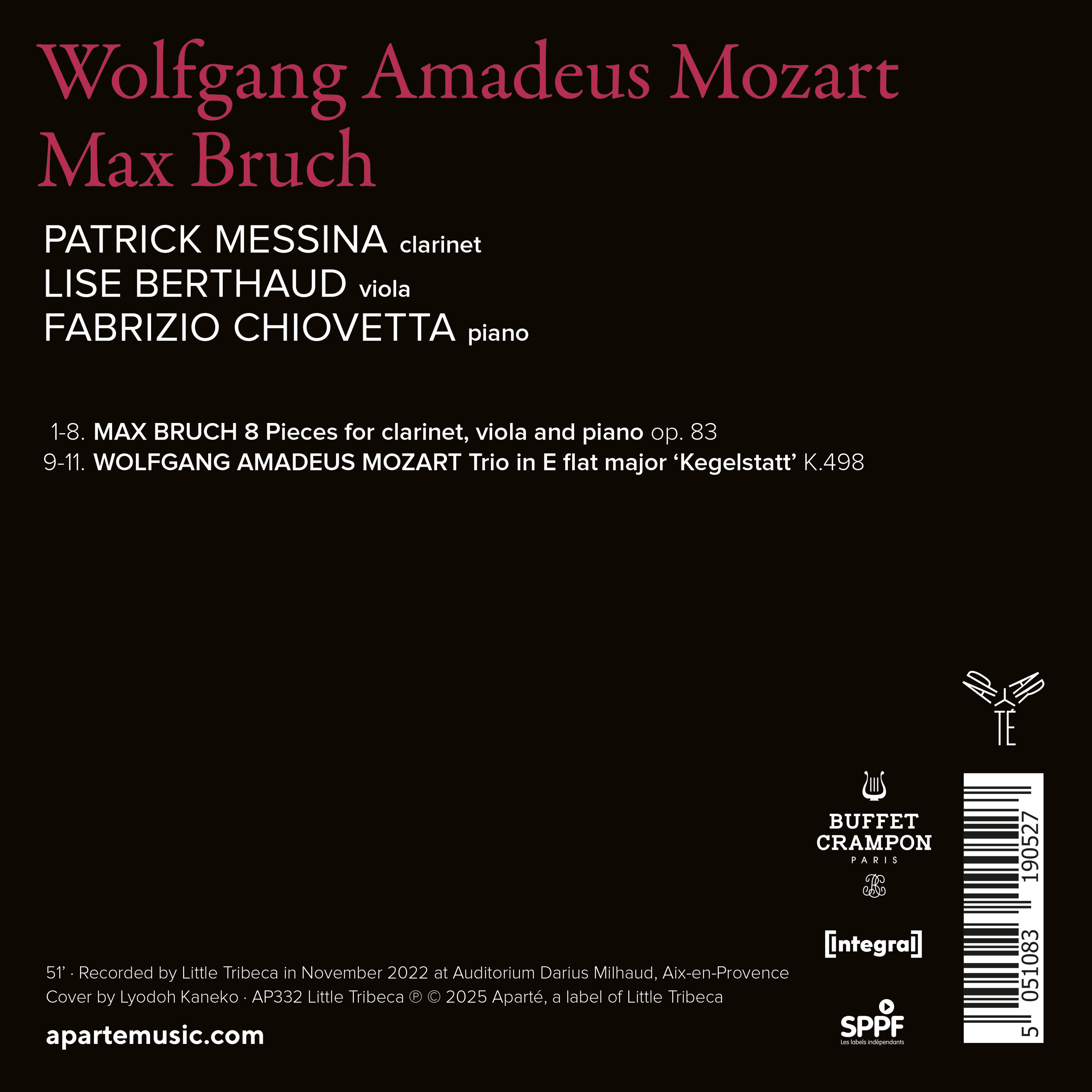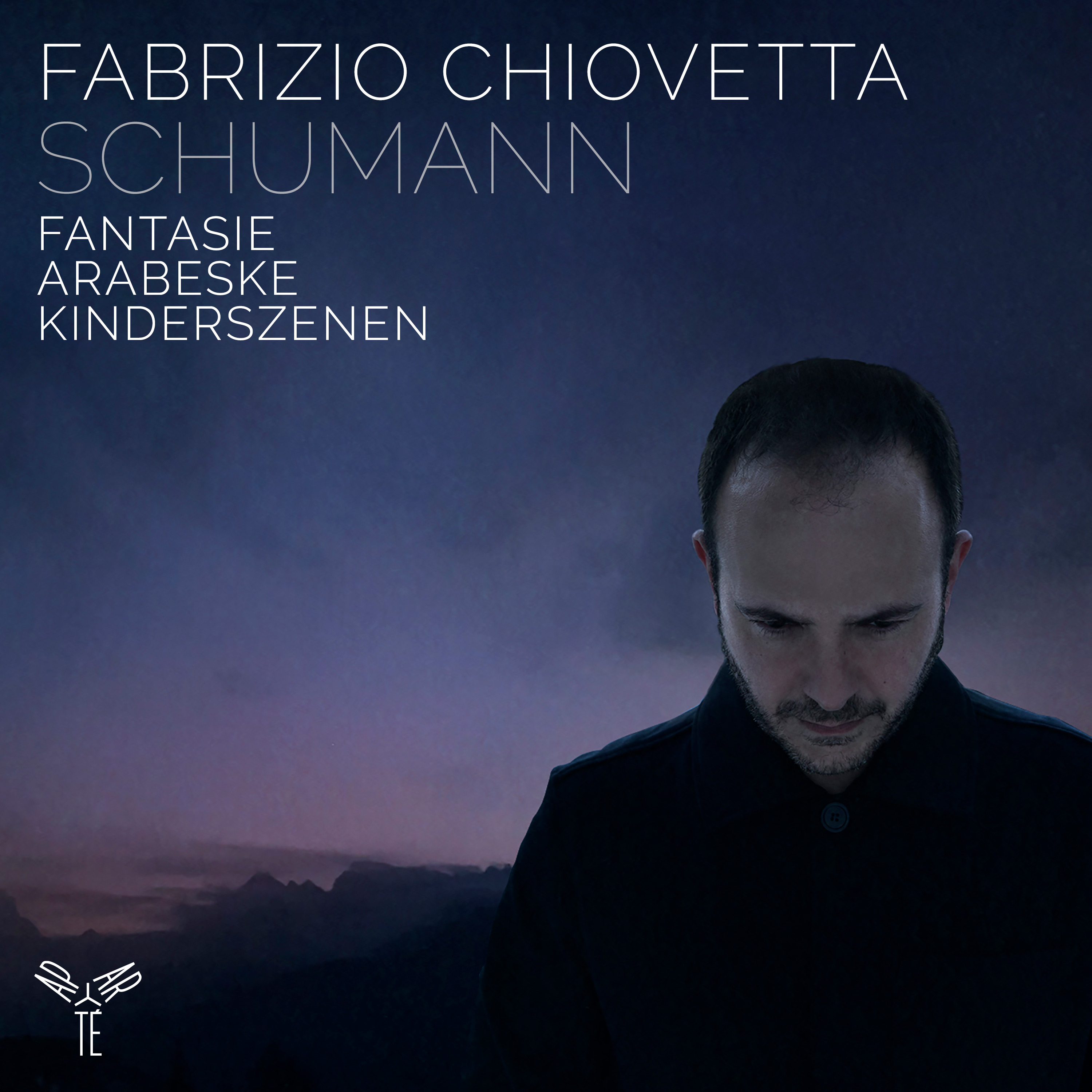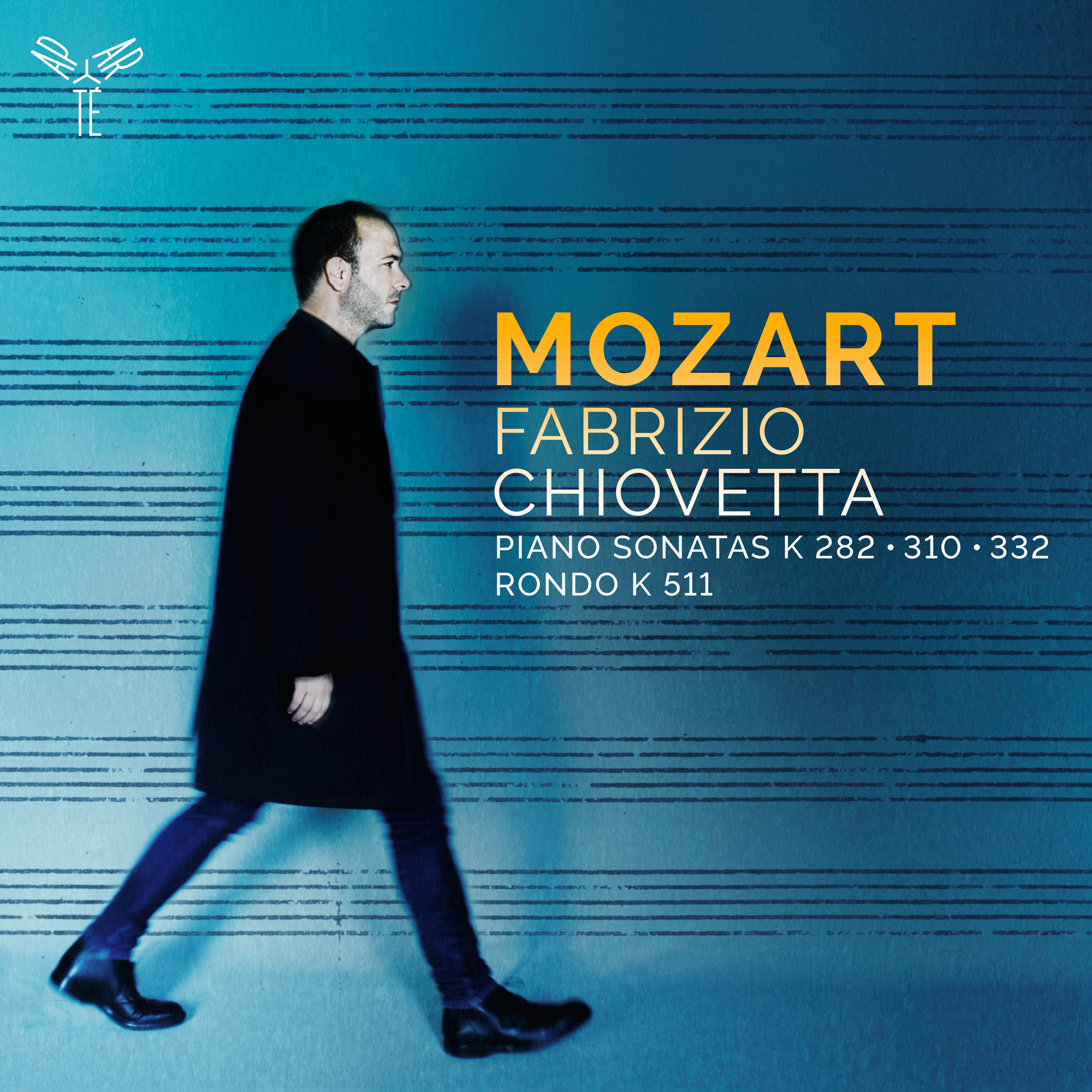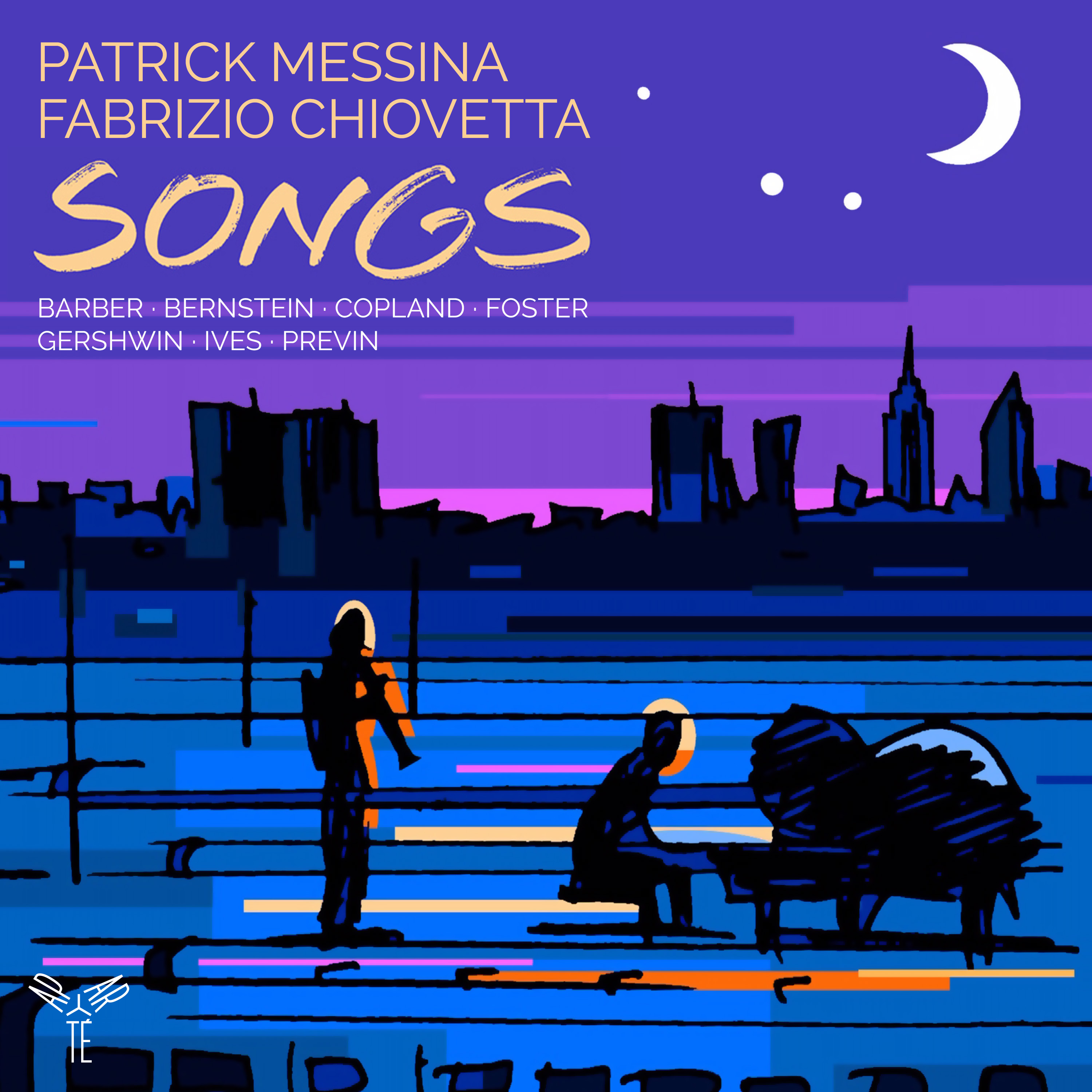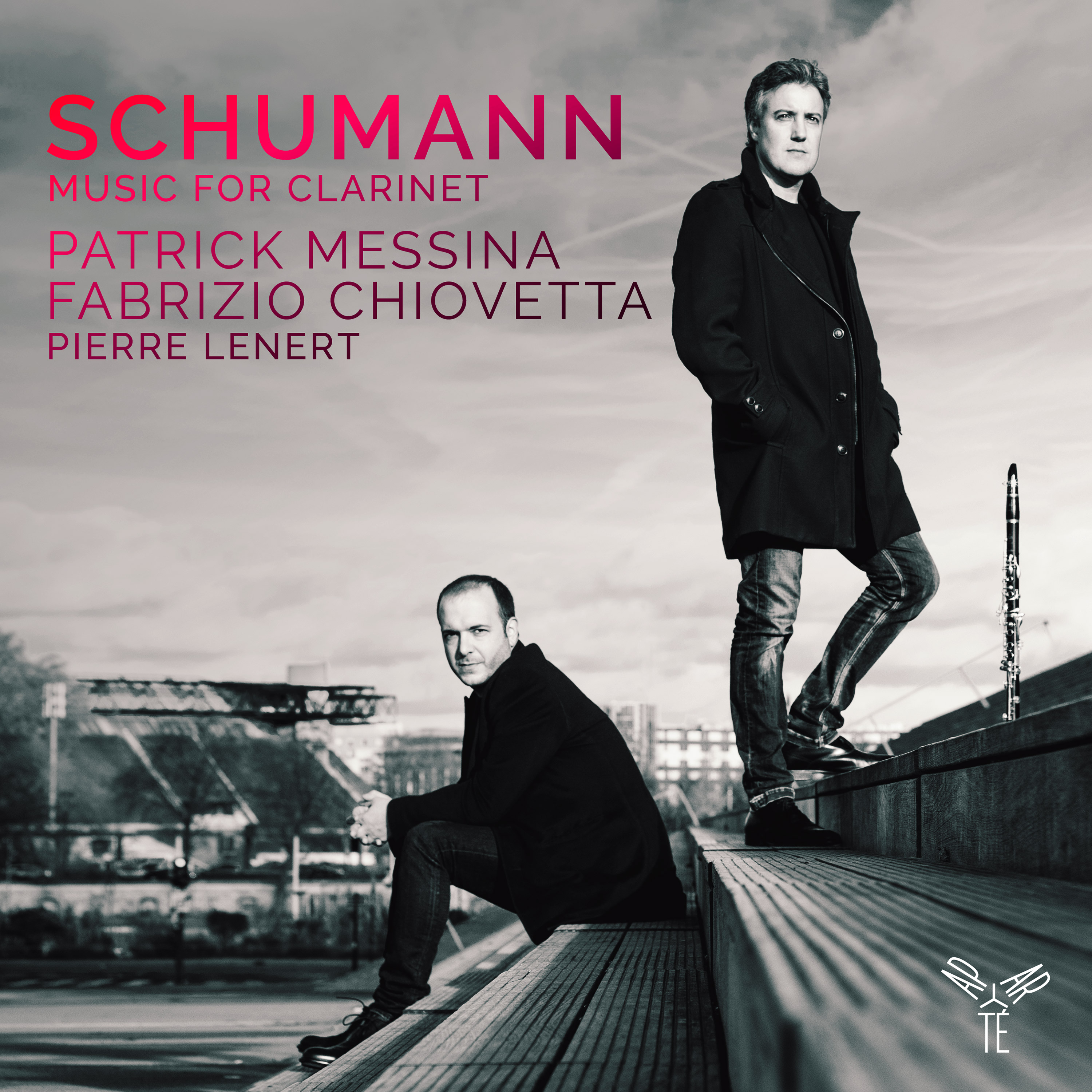Fabrizio Chiovetta, Patrick Messina, Lise Berthaud
AP332 - 1CD - 51' - Feb 7, 2025
In this recording, Patrick Messina, Lise Berthaud, and Fabrizio Chiovetta bring together Mozart's Kegelstatt Trio and Max Bruch's Eight Pieces. While Mozart was the first to compose for clarinet, viola, and piano, Bruch’s 1910 composition unfolds a kaleidoscope of influences, imbuing his miniatures with intense, passionate lyricism. Their undeniable chemistry and remarkable expressiveness shape this intimate musical journal.
Mozart may have been the first to compose, with the ‘Kegelstatt’ Trio for clarinet, viola and piano – an atypical association at the time, conceived for his friend Stadler, Franziska von Jacquin, his most assiduous pupil, and himself – but he was soon emulated by Schumann, Reinecke, Hurlstone… and Max Bruch, who composed his ‘Eight Pieces’ op. 83 in 1910 for his son. In a kaleidoscope of styles, he conjures up rhapsodies, Romanian music, Brahms and Mendelssohn, imbuing his miniatures with an intense, passionate lyricism. Patrick Messina, Lise Berthaud and Fabrizio Chiovetta bring these two works together in this recording, which is served by their undeniable complicity and remarkable accuracy of expression.
Max Bruch (1838-1920)
8 Pieces for Clarinet, Viola and Piano op. 83
1. I. Andante
2. II. Allegro con moto
3. III. Andante con moto
4. IV. Allegro agitato
5. V. Rumänische melodie. Andante
6. VI. Nachtgesang. Andante con moto
7. VII. Allegro vivace, ma non troppo
8. VIII. Moderato
Wolfgang Amadeus Mozart (1756-1791)
Trio in E flat major ‘Kegelstatt’ K.498
9. I. Andante
10. II. Menuetto
11. III. Rondeaux


